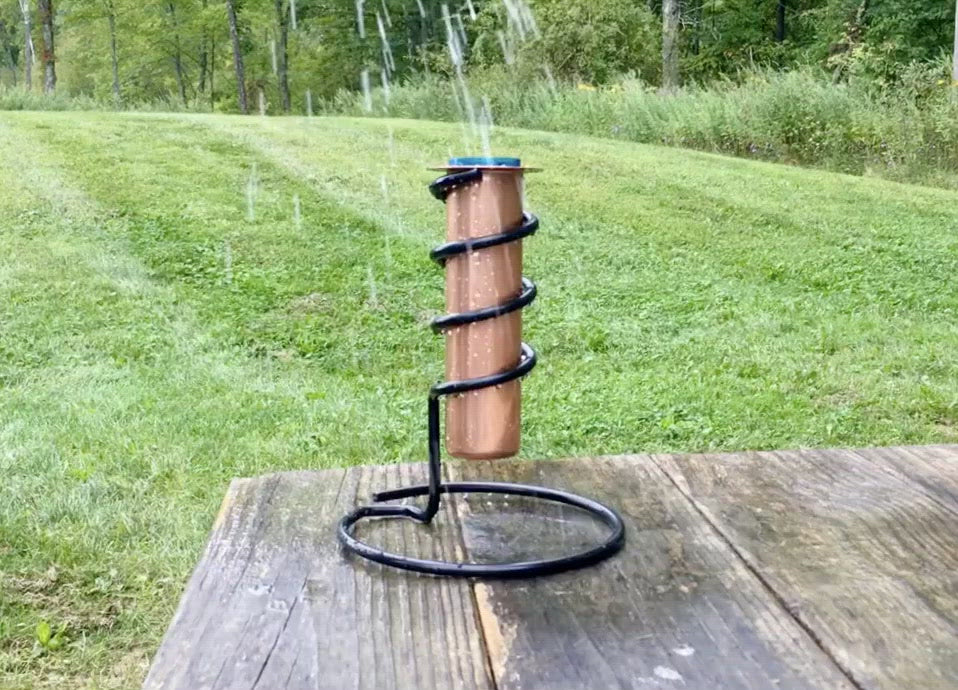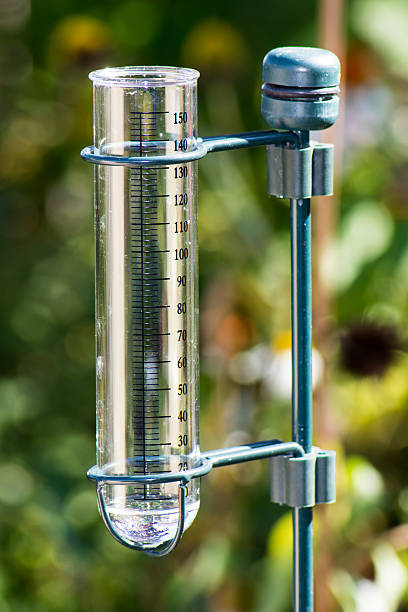The Rain Gauge: Empowering Neighborhoods with Accurate Rain Data
Wiki Article
DIY Rain Scale: Straightforward Steps to Make Your Own
Are you curious about tracking rainfall in your area? Producing your very own DIY rain scale is a reliable and simple method to determine and tape rainfall. With just a couple of common products and some basic actions, you can conveniently create your very own rainfall scale at home. In this overview, we will supply you with a detailed process to assist you create your own rain scale. No need for any kind of specialized expertise or devices - this job can be finished by any individual. By complying with these easy guidelines, you will certainly have a dependable device to gauge rains and add to your understanding of the regional weather patterns. Let's obtain begun on making your DIY rainfall gauge today!Gather Products
To begin creating your DIY rainfall gauge, collect all the required products making use of a thorough checklist of items. Having the right materials on hand will make certain the successful production of your rain scale and enable for precise measurements of rains. Collecting these materials ahead of time will certainly improve the construction procedure and guarantee that you have everything you need to develop your own Do it yourself rain gauge.Prepare the Container

Mark the Dimension Increments
To properly measure the quantity of rains, precisely marking the measurement increments on your DIY rainfall scale is necessary. Without exact and clear markings, it would be hard to determine the specific amount of rains collected in your rainfall scale. Here are the actions to note the dimension increments on your rain scale.First, select the unit of dimension that you intend to use. One of the most usual systems for measuring rains are inches and millimeters. Once you have actually chosen the device, utilize an irreversible marker or water resistant paint to note the increments on the side of your rainfall scale. For inches, you can note every quarter inch or every half inch, depending on your choice. For millimeters, you can mark every 10 millimeters or every 20 over here millimeters.
When marking the increments, it is essential to make certain that they are evenly spaced and plainly visible. Use a leader or gauging tape to ensure accuracy and consistency. In addition, make certain that the markings are resistant to fading or scrubing off, as exposure to the elements may create them to deteriorate gradually.
Place the Rain Scale Outdoors
The rainfall scale need to be positioned outdoors to accurately gather rainfall information. The location chosen for the rainfall scale need to be open and totally free from any blockages that might possibly affect the measurement of rainfall. It is vital to discover an area that is not obstructed by trees, buildings, or other frameworks that could block the rainfall from reaching the scale. This will make sure that the accumulated data is agent of the actual rains in the area.Furthermore, it is critical to place the rain gauge on a secure surface, such as a level ground or a tough blog post. This will stop any activity or tilting of the gauge, which could lead to incorrect dimensions. It is also a good idea to prevent positioning the scale near any type of sources of man-made water, such as sprinklers or drainage systems, as this might hinder the precision of the dimensions.
Screen and Document Rainfall Information
Routine surveillance and recording of rainfall data is necessary for precise data evaluation and interpretation. By tracking rainfall dimensions, you can acquire valuable understandings into weather condition patterns, environment fads, and water source monitoring. To properly check and tape-record rains information, it is essential to develop a regular and maintain constant practices.To start with, make certain that your rain gauge is placed in an open location away from barriers such as trees or structures that may block rainfall. Additionally, see to it the rain gauge is level and safely anchored to protect against any kind of motion that can influence the accuracy of the dimensions.

When recording the rainfall data, it is crucial to keep in mind the date and time of each dimension. Utilize a ruler or a determining stick to establish the rainfall depth in the rainfall scale, and document this details properly.
To ensure the precision of the measurements, it is advised to clear the rainfall gauge after each recording. This will stop any kind of overflow or evaporation from affecting succeeding measurements.
Verdict
Finally, developing a DIY rain scale is a practical and straightforward way to keep track of and tape rains data (The Rain Gauge). By following the actions described in this article, you can quickly collect products, prepare the container, note the dimension increments, and position the rainfall scale outdoors. Consistently checking and videotaping rainfall information can supply beneficial information for various purposesHaving the ideal products on hand will make sure the successful production of your rainfall gauge and permit for accurate measurements of rainfall.To properly measure the quantity of rainfall, precisely noting the dimension increments on your DIY rain scale is important.The rainfall gauge need to be put outdoors to precisely accumulate rains information. The area chosen for the rain scale sites need to be free and open from any kind of blockages that can possibly influence the dimension of rains.In verdict, developing a DIY rainfall gauge is a easy and useful way to monitor and tape-record rains information.
Report this wiki page